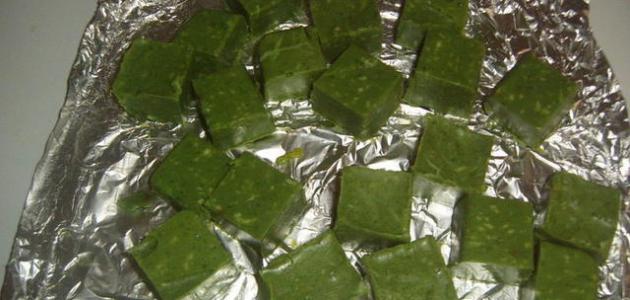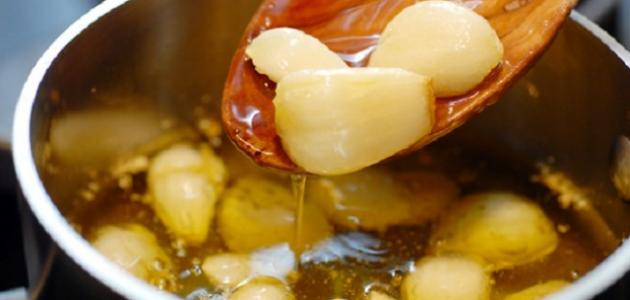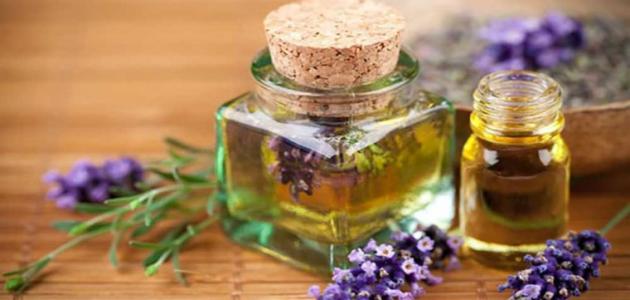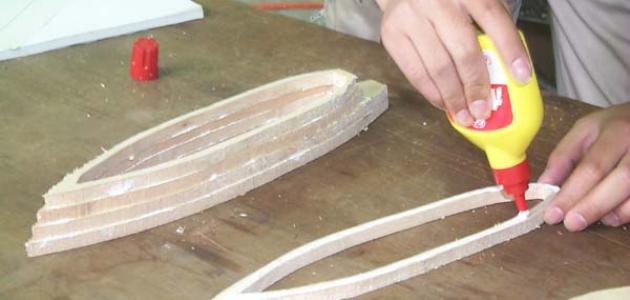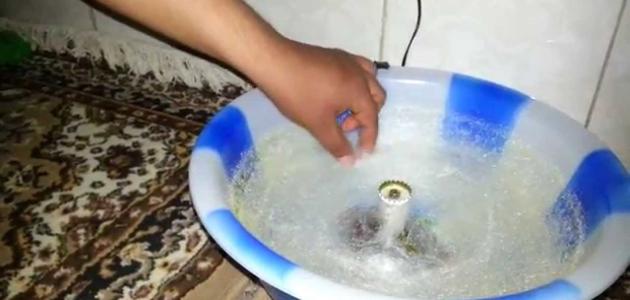Gypsum making
Gypsum (chemically: calcium sulphate dihydrate) is made by extracting gypsum rocks from the ground, then breaking and crushing them until they turn into a fine powder in a process called calcination. Then this powder is heated to a temperature of approximately 177 degrees Celsius, which It leads to the removal of approximately three-quarters of the water that is chemically bound to it, as 45 kg of gypsum contains about 9.5 kg of chemically bound water. Then this calcined gypsum becomes the basis for making gypsum boards and other gypsum products.
Uses of gypsum
Gypsum is considered one of the most used minerals in the world, as it is used in all aspects of life. It is used in the United States to make wall panels for homes, offices, and commercial buildings. It is also used all over the world in concrete for highways, bridges, and buildings, in addition to many... Another structure that forms part of people's daily lives, and another use of gypsum is adding it to the soil to help control its temperature, on large areas of land in suburban areas and in agricultural areas.
Small quantities of pure gypsum can be used in smelting, glass manufacturing, etc., and low-quality gypsum is manufactured industrially in coal-based electric power plants as a byproduct, for pollution control operations that help remove sulfur from flue gas.
Read also:How to make a natural hair shampoogypsum
Gypsum is characterized by its very soft white appearance, which can be scratched with a fingernail. It is hydrated calcium sulphate (chemical formula: Ca(SO4) 2H2O). The formation of gypsum often begins from calcium sulphate dissolved in an isolated amount of salt water. When the water evaporates, the sulphate is concentrated. Calcium so that it cannot remain in solution, then crystallizes in the form of gypsum, which is used to produce many products.
Read also:How to make a kite that flies with stringThere are several forms of gypsum, including: the transparent, parallel-sided crystalline form, which is selenite, the white, amorphous form, such as alabaster, which is used for carving decorations, and the shiny, fibrous form, such as satin spar, which is used in jewelry. It should be noted Here, when gypsum is heated and water is extracted from it, it becomes plaster.

